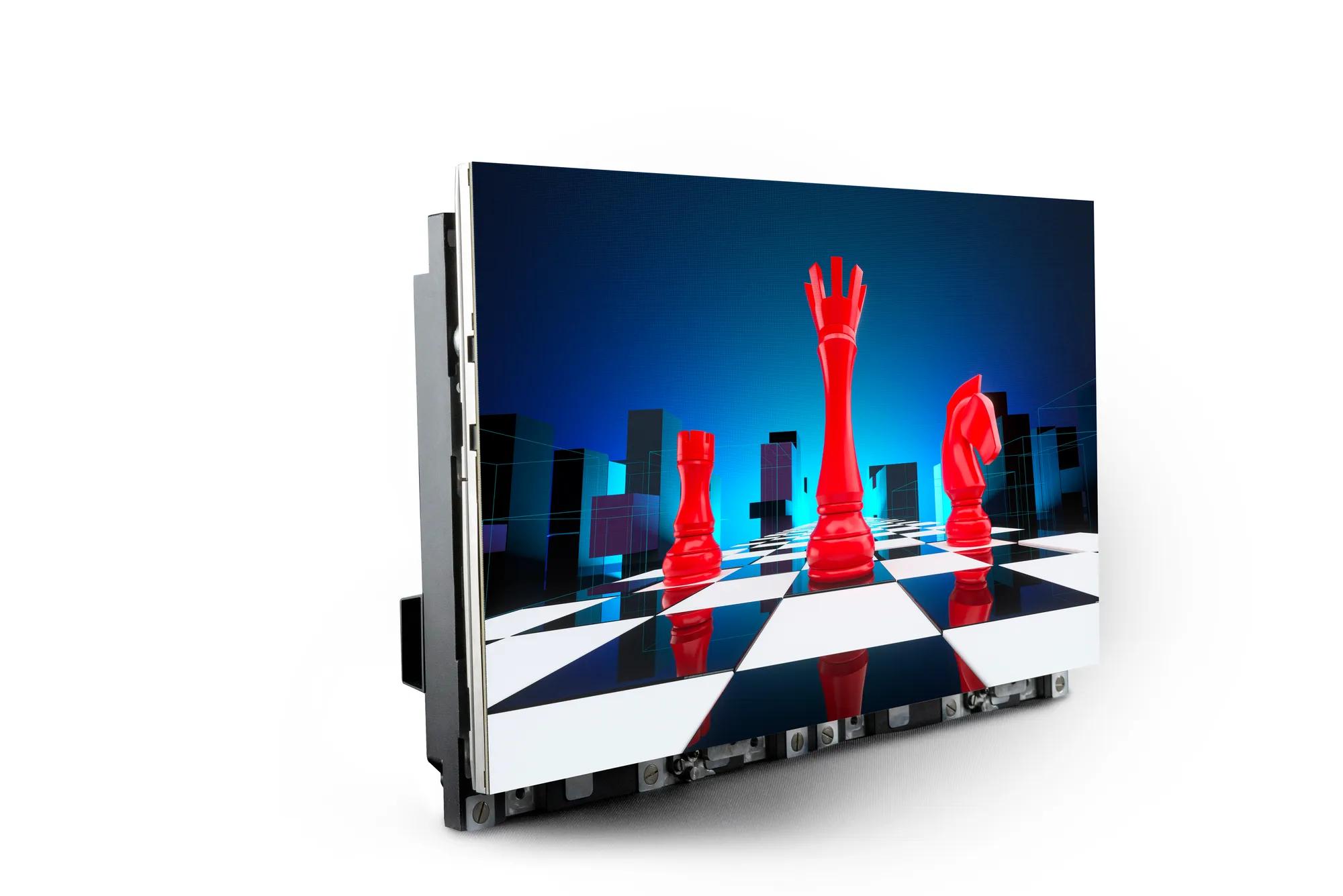LED wall panels have secured popularity for their ability to deliver high-quality imagery in multiple settings, from corporate environments to entertainment venues. One of the most significant aspects of these panels is their connectivity options, which allow users to connect them to different devices and systems. Comprehending the diverse connectivity options supported for Light Emitting Diode wall panels is vital for enhancing their use and effectiveness. This discussion explores these options, highlighting how they can cater to various needs and preferences.

One frequent connection method for Light Emitting Diode wall panels is High-Definition Multimedia Interface. HDMI is broadly known for transmitting high-quality video and audio streams between devices. This connection type is especially beneficial in commercial settings, such as meeting spaces or training rooms, where presentations or video content are often displayed. By using digital connectors, users can easily link laptops, projectors, and streaming equipment to LED wall panels, guaranteeing a sharp and vibrant display of media.
Another commonly used connectivity option is Display Port, which is comparable to High-Definition Multimedia Interface but offers enhanced advantages. DisplayPort can support elevated refresh rates and display outputs, making it an excellent choice for interactive media or design-heavy applications. For those using LED wall panels in settings where performance is essential, such as competitive gaming venues or creative workspaces, DisplayPort can provide the necessary visual quality. Moreover, many contemporary computers and graphics cards include Display Port connections, making it a convenient option for technology-oriented click this link here now professionals.
In addition to HDMI and DisplayPort, wireless transmission methods are becoming increasingly prevalent in Light Emitting Diode wall panel solutions. Wireless connections allow users to transmit content without the requirement for physical cables, enabling a streamlined and more flexible setup. Platforms such as wireless internet and short-range communication allow users to connect smartphones, tablets, and laptops directly to LED wall panels without cumbersome wires. This versatility is particularly advantageous in fast-paced settings like exhibitions or events, where quick changes to displays are often needed.
For larger deployments or more intricate configurations, LAN integration through wired networking is another reliable option. Ethernet connections provide a stable and reliable way to connect multiple Light Emitting Diode wall panels within a system. This approach is ideal for electronic display use cases found in retail centers or transport hubs, where multiple panels may need to present synchronized content across a wide area. By using Ethernet cables and network switches, users can ensure that all linked panels receive uniform data and content efficiently.
Finally, it's crucial to evaluate the evolution of connectivity with advancements such as USB-C and Thunderbolt 3. These newer interfaces offer enhanced data transfer rates and flexibility by allowing one connector to handle both energy transfer and data exchange. As more systems incorporate these standards, LED wall panels equipped with USB-C ports will likely become more common. This evolution in connectivity not only enhances the functionality of LED wall panels but also aligns with the emerging trend of minimalistic design panel lights for walls in hardware arrangements by minimizing the number of wires required.
In summary, examining the broad interface methods available for LED wall panels uncovers many opportunities for operators across multiple industries. From conventional approaches like HDMI and DisplayPort to modern wireless solutions and LAN setups, each pathway serves specific functions tailored to specific needs. Furthermore, next-gen technologies like USB-C promise further advancements in how users utilize Luminescent Diode wall panels. By grasping these integration alternatives, individuals can make informed decisions that optimize their overall engagement with these multifunctional visual solutions.